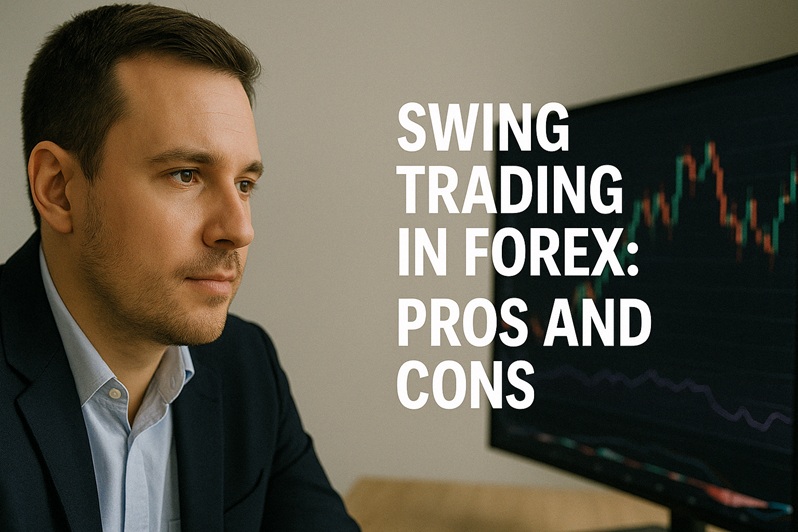
Swing trading has gained popularity among Forex traders seeking a balance between day trading’s fast pace and long-term investing’s slower rhythm. It involves holding positions for several days to weeks, aiming to profit from medium-term price movements. This approach allows traders to benefit from market swings without the need to monitor charts all day. However, like any trading style, it comes with its own advantages and drawbacks that every trader should consider.
Understanding the Swing Trading Strategy
At the core of swing trading lies the identification of market swings—periods where currency pairs trend in one direction before reversing. Swing traders analyze price patterns, support and resistance levels, and technical indicators to spot optimal entry and exit points. Timeframes such as H4 or daily charts are commonly used, allowing for a more relaxed pace compared to intraday trading. The key is to catch a significant portion of a move while minimizing exposure to volatility and noise.
Advantages of Swing Trading in Forex
One of the main benefits of swing trading is the balance it offers between opportunity and time commitment. Traders do not need to sit in front of screens all day, making it ideal for those with other obligations. It also allows more time for thoughtful analysis, reducing the emotional stress and impulsivity that often affect day traders. Because positions are held longer, swing traders can benefit from larger moves and potentially higher risk-reward ratios.
Challenges and Limitations to Consider
Despite its benefits, swing trading also presents challenges. Overnight exposure increases the risk of unexpected news or economic events impacting positions. Holding trades for several days requires strong discipline and the ability to handle drawdowns without reacting emotionally. Additionally, finding the right entries often demands patience, and markets may sometimes move sideways, creating frustration for traders waiting for clear signals.
Conclusion
Swing trading in Forex offers a strategic middle ground for those seeking to profit from medium-term market trends without the intensity of day trading. It requires a solid understanding of technical analysis, emotional control, and risk management. When executed with discipline and clarity, swing trading can be a powerful and rewarding approach. Ready to explore swing trading? Start by focusing on one currency pair and developing a tested plan that suits your lifestyle.
FAQs
What is swing trading in Forex?
Swing trading is a strategy where positions are held for several days or weeks to capture medium-term price movements.
Is swing trading suitable for beginners?
Yes, it’s often easier for beginners compared to day trading, as it requires less screen time and allows for more deliberate decisions.
Which indicators are useful for swing trading?
Popular indicators include moving averages, RSI, MACD, and Fibonacci levels to identify trends and retracement areas.
Can I swing trade part-time?
Absolutely. Swing trading is ideal for part-time traders since it doesn’t require constant monitoring.
How do I manage risk in swing trading?
Set stop-loss orders based on support or resistance zones, and always use proper position sizing relative to your account.
